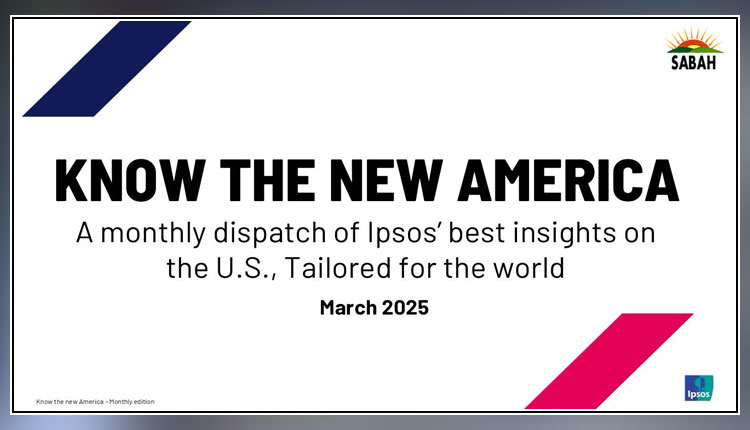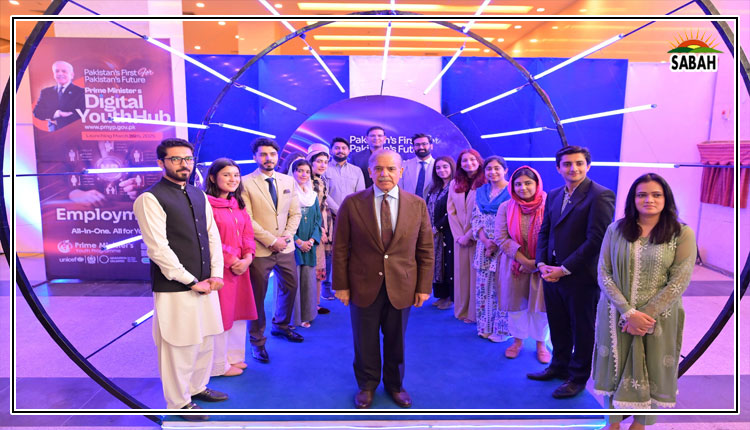Typhoid peril …. Naseem Salahuddin
IN Pakistan, typhoid is a severe endemic public health problem; the obvious reasons are lack of access to safe water and an unsanitary environment. It is frequently diagnosed poorly and treated improperly; if allowed to linger, serious, sometimes fatal complications may ensue. As of 2019 global estimates, nine million cases of typhoid fever are reported annually, causing 110,000 deaths per year. Children are at the highest risk, especially those fed powdered milk with contaminated water.
In Karachi’s sweltering heat, a young man gulps sherbet with crushed ice from a roadside vendor. Invisible to him are millions of microscopic bugs called Salmonella typhi, swarming in the thirst-quencher. Some bacteria get killed in the stomach acid, while others escape and lodge inside the lining of the small intestine, where they multiply rapidly. For a few days, the person feels unwell and has abdominal discomfort, perhaps diarrhoea and low-grade fever. As bacterial load reaches a critical mass, they enter the bloodstream and circulate throughout the body.
A week or two later, the second phase begins with high fever, chills, headache, vomiting and abdominal pain that can continue until the infection is diagnosed and treated. If untreated, the bugs multiply and migrate to the rest of the gut, liver, and spleen, occasionally into the bones and rarely other body tissues. Tiny ulcers may form in the intestine, which may erode and bleed.
Diagnosing and treating typhoid has become a nightmare for patients and doctors. Antibiotics prescribed casually before the critical blood culture is drawn for definitive diagnosis muddle the interpretation of results because the bacteria fail to grow in the presence of antibiotics. Moreover, spurious tests such as ‘Widal’ and ‘Typhidot’, which have been banned but are still prescribed by charlatans or substandard labs, lead to erroneous diagnoses and unnecessary medicines. Frequently, patients land in emergency rooms in a state of shock with a perforated gut or haemorrhage from an eroded blood vessel, requiring emergency surgery. At the same time, infectious disease specialists ponder selecting an antibiotic that may work. Consequently, hospitalisation is prolonged, and many patients succumb to complications.
Urgent preventive measures are needed.
Diagnosing the cause of fever without cough/ cold, skin rash, urinary symptoms, or other pointers may confuse the patient and doctor, as many viral illnesses initially present similarly. If a high fever without other symptoms persists beyond a week, it is time to suspect typhoid. Rather than procrastinate, an astute doctor, after ruling out other frequent causes of acute fever, will draw blood for culture, send it to a qualified lab, and then prescribe an antibiotic. Doing things in reverse order will only confound the diagnosis, prolong the patient’s misery, and increase expenses. Salmonella, if present, grows in the lab usually within three to seven days; the result will suggest the drug to which it is sensitive, thus leading to a conclusive diagnosis and focused treatment.
Decades ago, Salmonella was susceptible to commonly available, inexpensive oral antibiotics, but the bacteria, in time, became resistant. Newer drugs against Salmonella were introduced, but have become redundant with indiscriminate use. We have reached a serious situation: the only effective oral antibiotic for typhoid is gradually mutating towards resistance. At this time, salvage lies in an expensive carbapenem antibiotic, which is administered intravenously over a week or two of hospitalisation. If overused, this too will fail in time, and we will witness a slew of mortalities.
Typhoid and numerous other food and water-borne infections must be prevented. A wishful thought is for our municipalities to provide clean drinking water rather than the sewage-contaminated water supplied to the population. While this remains a pipe dream, individuals should consume only boiled or chlorinated water, keep food protected from flies, and wash their hands after using the toilet and before eating. Only food and drink that can be trusted to be hygienic should be consumed.
Vaccinating against typhoid can mitigate the ordeal. The older vaccine was partially protective and only for two to three years.
Recently, a new conjugate vaccine was introduced that provides 80 per cent protection for four to five years and can be administered to all ages along with other childhood vaccines. The Sindh government has done well to hold an extensive campaign to vaccinate over 10m children in the province. Adults can receive it through private means.
The least our metropolitan service can do for its citizens is to provide clean drinking water and a trash-free environment. This will save us from many deadly infectious diseases.
The writer is an infectious disease specialist at Indus Hospital and Health Network.
Courtesy Dawn, July 13th, 2024












